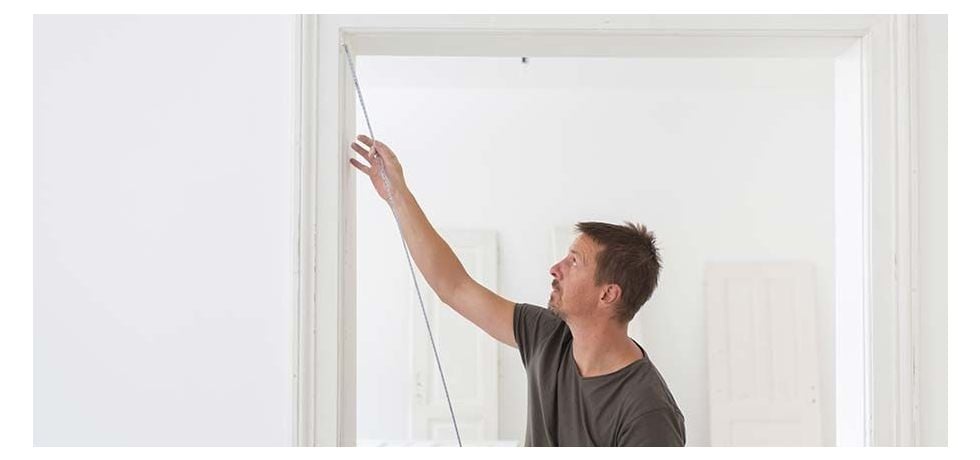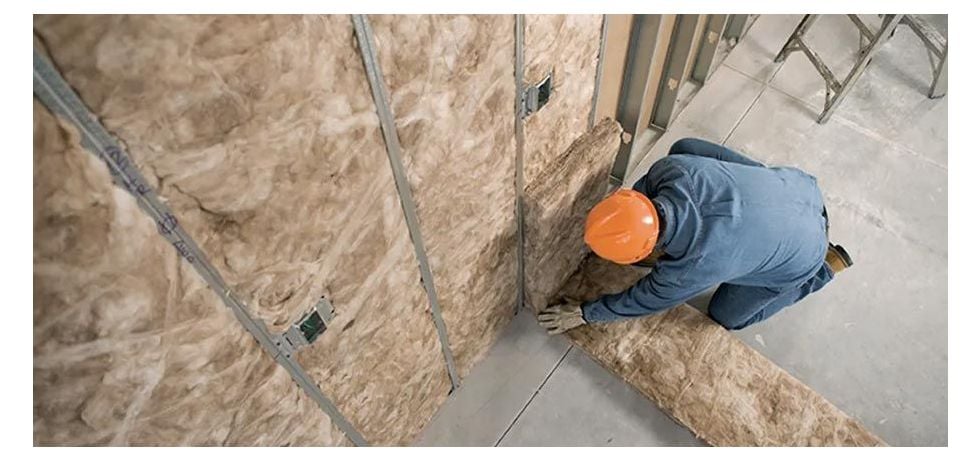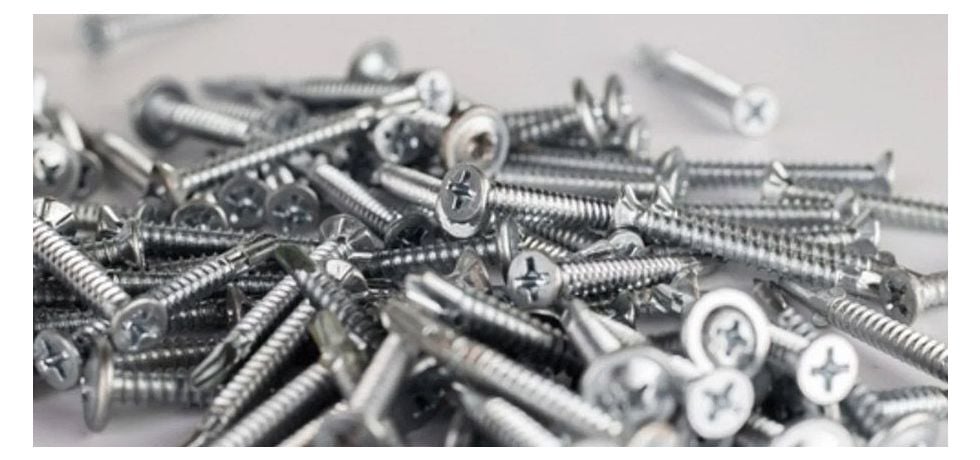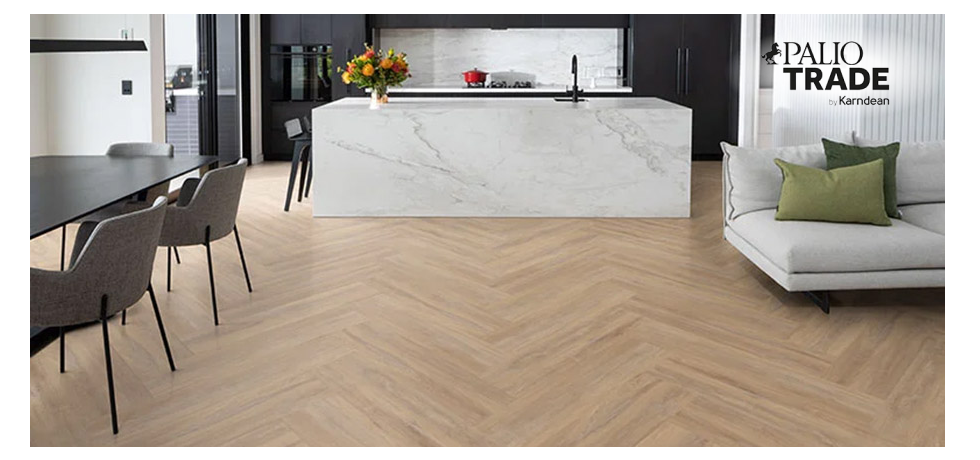Treated Timber
-

MDM Timber 7x2" 3.6m Treated Carcassing Tim...
£17.94inc VAT
SKU: CARTREAT7236Available - 2 - 4 Working Days -

MDM Timber 7x2" 4.8m Treated Carcassing Tim...
£23.92inc VAT
SKU: CARTREAT7248Available - 2 - 4 Working Days
Find out more about Treated Timber
Treated timber is wood that has undergone a preservation process to enhance its resistance to decay, insects, and moisture. This treatment typically involves impregnating the timber with chemical preservatives, such as copper azole or alkaline copper quaternary (ACQ), which penetrate the wood fibres and protect them from biological threats. The result is a durable material ideal for outdoor applications, including decking, fencing, and structural supports.
The benefits of using treated timber are numerous. It significantly extends the lifespan of the wood, reducing the need for frequent replacements and lowering long-term costs. Its resistance to rot and insect damage ensures structural integrity, making it a safe and reliable choice for construction projects. Additionally, treated timber is environmentally responsible, as it reduces the demand for virgin timber by making existing resources last longer.
When selecting treated timber, it's essential to consider the specific requirements of the project and choose the appropriate treatment level. Different treatments offer varying degrees of protection, and selecting the right one ensures optimal performance and longevity. Proper installation and maintenance, such as regular inspections and resealing, can further enhance the lifespan and effectiveness of treated timber, making it a valuable material for a wide range of applications.
Treated Timber FAQs
What is treated timber?
Treated timber is wood that has undergone a preservation process to enhance its durability and resistance to various destructive agents. This process involves impregnating the wood with chemical preservatives that protect it from decay, insects, and moisture. The primary goal of treating timber is to extend its lifespan, particularly when used in outdoor or high-moisture environments where untreated wood would quickly deteriorate.
The treatment process typically involves placing the timber in a pressure vessel, where preservatives are forced deep into the wood fibres. Common preservatives include copper azole, alkaline copper quaternary (ACQ), and other chemicals designed to inhibit the growth of fungi and deter insect infestations. These preservatives create a protective barrier that significantly increases the wood's resistance to rot, decay, and insect damage.
Treated timber is widely used in a variety of applications, including decking, fencing, landscaping, and structural supports. Its enhanced durability makes it a cost-effective choice for projects where longevity and resistance to environmental factors are crucial. By using treated timber, builders and homeowners can ensure that their structures remain sound and attractive for many years, reducing the need for frequent repairs and replacements.
Why should I use treated timber?
Using treated timber offers several significant advantages, primarily centred around its enhanced durability and longevity. The most compelling reason to choose treated timber is its superior resistance to decay, insects, and moisture, which are the primary culprits behind wood deterioration. Untreated wood, when exposed to outdoor elements or damp conditions, is highly susceptible to rot and insect infestations, leading to structural weakening and eventual failure.
Treated timber, on the other hand, undergoes a chemical preservation process that infuses the wood with protective agents. These agents create a barrier that prevents fungi and insects from attacking the wood fibers, thereby significantly extending its lifespan. This makes treated timber an ideal choice for outdoor applications such as decking, fencing, and landscaping, where exposure to the elements is unavoidable.
Furthermore, the extended lifespan of treated timber translates to long-term cost savings. By resisting rot and insect damage, treated timber reduces the need for frequent repairs and replacements, saving both time and money. Additionally, using treated timber can help preserve natural resources by reducing the demand for new wood, contributing to more sustainable building practices. In summary, treated timber provides a durable, cost-effective, and environmentally responsible solution for various construction and landscaping projects.
What types of treatments are available?
There are several types of treatments available for timber, each designed to protect the wood from different threats and to varying degrees. The choice of treatment depends on the intended use of the timber, the level of protection required, and environmental considerations. Here are some of the most common types of timber treatments:
Pressure-Treated Timber: This is one of the most widely used methods, involving the application of preservatives under high pressure in a controlled environment. The pressure forces the chemicals deep into the wood fibres, providing comprehensive protection. Common preservatives used in pressure treatment include:
- Copper Azole (CA): Effective against a broad spectrum of fungi and insects, CA is a popular choice for general use.
- Alkaline Copper Quaternary (ACQ): Another widely used preservative, ACQ is effective against fungal decay and insect attack.
- Micronized Copper Azole (MCA): MCA uses smaller copper particles for better penetration and a cleaner appearance.
Borate Treatment: Borate treatments are effective against insects and fungi but are more suitable for indoor or protected applications, as borates can leach out of the wood when exposed to excessive moisture.
Coatings and Sealants: These treatments involve applying a protective layer to the surface of the wood. While not as deeply penetrating as pressure treatments, they can provide a good level of protection against moisture and UV damage. Types include:
- Water-Repellent Preservatives (WRPs): These help to reduce water absorption, minimising the risk of decay and warping.
- Stains with Preservatives: These add colour to the wood while also providing some protection against UV rays and moisture.
Heat Treatment: This method involves heating the wood to high temperatures in a controlled environment, which alters its cellular structure, making it more resistant to decay and insects.
Each of these treatments offers different levels of protection and is suited for various applications. Understanding the specific needs of your project will help you choose the most appropriate type of treated timber.
Is treated timber safe?
The safety of treated timber is a valid concern, and it's important to understand the potential risks and how they are managed. Modern treated timber is generally considered safe when handled and used correctly, but it's essential to follow certain precautions.
Historically, some wood treatments contained chemicals like chromated copper arsenate (CCA), which raised concerns due to the presence of arsenic. However, CCA has been largely phased out for residential use in many countries, including the United States and Europe. Current treatments primarily use alternative chemicals like copper azole (CA) and alkaline copper quaternary (ACQ), which are considered less toxic.
Despite the improved safety profile of modern treatments, it's still advisable to take precautions when working with treated timber. Always wear gloves, eye protection, and a dust mask when cutting, sanding, or otherwise machining treated wood to avoid inhaling or coming into contact with the preservative chemicals. It's also important to wash your hands thoroughly after handling treated timber, especially before eating or drinking.
When disposing of treated timber, it should not be burned in open fires or stoves, as this can release harmful chemicals into the air. Instead, it should be disposed of in accordance with local regulations, which may involve taking it to a designated waste disposal facility.
In summary, while treated timber is generally safe when used as intended, following safety guidelines and handling precautions is crucial to minimise any potential risks. Always refer to the manufacturer's instructions and safety data sheets for specific information about the treatment used and how to handle the timber safely.
How long does treated timber last?
The lifespan of treated timber can vary significantly depending on several factors, including the type of treatment used, the climate, the level of exposure to the elements, and the specific application. However, when properly treated and used in appropriate conditions, treated timber can last for many decades.
For timber treated with older preservatives like CCA (chromated copper arsenate), which was commonly used in the past, the expected lifespan could be 40 years or more in ground contact applications, and even longer in above-ground applications. While CCA is no longer used for residential applications in many countries, timber treated with CCA can still be found in existing structures.
Modern wood preservatives like ACQ (alkaline copper quaternary) and CA (copper azole) are designed to provide similar levels of protection as CCA, but with a lower environmental impact. Timber treated with these preservatives can also last for many decades, with some manufacturers offering warranties of up to 50 years for certain applications.
However, it's important to note that the actual lifespan of treated timber can be affected by factors such as the severity of the environment, the quality of the treatment process, and the maintenance practices employed. In harsh environments with high levels of moisture, sunlight, or insect activity, treated timber may degrade more quickly.
To maximise the lifespan of treated timber, it's important to follow best practices for installation and maintenance. This includes using appropriate fasteners, sealing any cuts or holes with a suitable end-cut preservative, and regularly inspecting the timber for signs of damage or decay. By taking these steps, you can help ensure that your treated timber structures last for many years to come.
Can I paint or stain treated timber?
Yes, you can definitely paint or stain treated timber, but there are a few important considerations to keep in mind to ensure the best results and longevity of the finish.
First, it's crucial to allow the treated timber to dry thoroughly before applying any paint or stain. Freshly treated timber can be quite damp, and if you paint or stain it too soon, the moisture can become trapped beneath the coating, leading to peeling, blistering, or mildew growth. Generally, it's recommended to wait several weeks or even months after treatment before applying a finish, depending on the climate and the type of treatment used.
Before painting or staining, it's also important to properly prepare the surface of the treated timber. This typically involves cleaning the wood to remove any dirt, debris, or surface residue. You may also need to lightly sand the timber to create a smooth, even surface for the finish to adhere to.
When choosing a paint or stain for treated timber, it's best to select a product that is specifically designed for exterior use and is compatible with treated wood. Acrylic latex paints and oil-based stains are generally good choices, as they are durable, water-resistant, and able to withstand the rigors of outdoor exposure. It's also a good idea to use a primer before painting, as this can help improve adhesion and provide a more uniform finish.
Finally, be sure to follow the manufacturer's instructions for application and drying times, and apply the paint or stain in thin, even coats. With proper preparation and the right products, you can successfully paint or stain treated timber and enhance its appearance while providing added protection against the elements.





Shop our range of Treated Timber at Trading Depot. Treated timber is a durable, weather-resistant wood ideal for outdoor construction, fencing, decking, and landscaping projects. Pressure-treated to protect against rot, decay, and insect damage, it offers long-lasting performance in all conditions. Perfect for structural applications, garden projects, and DIY builds, treated timber ensures strength and reliability. Available in various sizes and lengths, it’s easy to cut, drill, and fix for a range of uses.